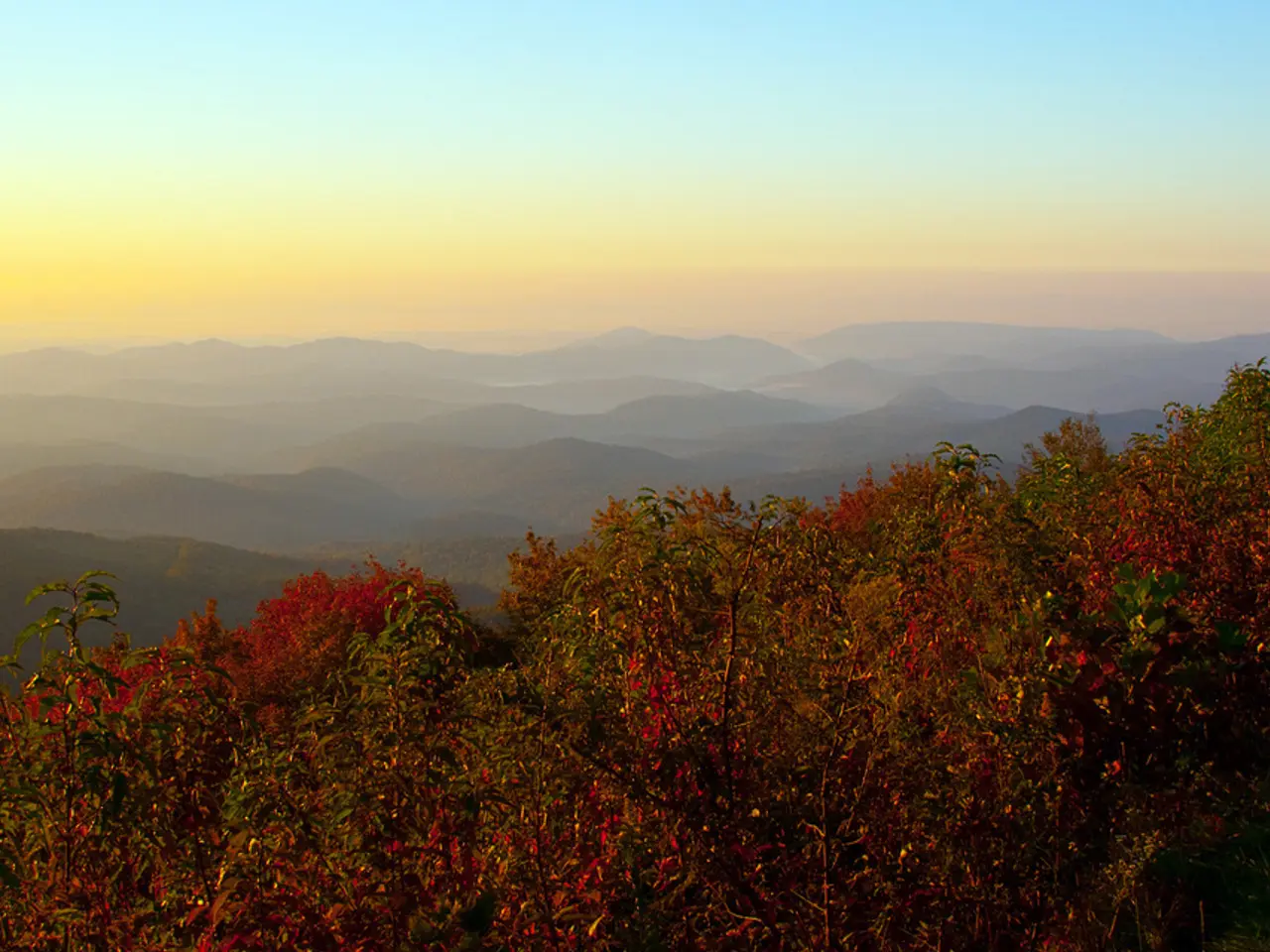Voyage at dawn within Białowieża Forest wilderness
Nestled on the border between Poland and Belarus lies the Białowieża Forest, one of the last and largest remaining parts of the primeval forest that once spanned the European Plain. This unique ecological and historical heritage site is celebrated for its rich biodiversity, especially the successful conservation of the European bison, deep historical roots in forest protection, and evolving efforts to balance preservation with ecotourism.
History
The Białowieża Forest represents ancient woodland similar to that covering northeastern Europe historically. Until about the 14th century, travel through it was limited, and early human interaction was mainly hunting, with limited rights granted from the 14th century onward. From the 15th century, it became property of Grand Duke Jogaila. A documented forest protection law was enacted in 1538 by King Sigismund I, including the death penalty for poaching European bison, reflecting its importance. Białowieża was officially declared a hunting reserve in 1541. Key decrees, such as the 1639 royal decree by King Vladislaus IV, structured forest management and steward responsibilities. The forest's name means "forest of the white tower," linked to the nearby Tower of Kamyenyets (the "White Tower") on the Belarusian side, lending the area symbolic identity.
Unique Characteristics
The Białowieża Forest is a primeval forest ecosystem, partly old-growth, featuring species such as pine, beech, oak, alder, and spruce. The forest's natural deadwood provides a critical habitat for fungi and many other organisms. The site harbors viable populations of large European mammals including wolves, lynxes, and notably the European bison (wisent) — Europe’s heaviest wild land animal.
Wildlife
The European bison population was nearly extinct in the wild by the early 20th century; the last wild individual in Poland was killed in 1919. Reintroduction efforts began in 1929, and currently, Białowieża Forest hosts the largest free-roaming population of this species. Other large mammals, such as lynx and wolves, have stable populations here, highlighting the forest’s ecological integrity. The forest is also significant for arthropod diversity related to wildlife.
Conservation Efforts
The forest was designated a UNESCO World Heritage Site, recognizing its ecological value and protection needs. Long-standing legal protections date back to the 16th century, evolving through centuries with modern conservation laws focusing on protecting habitat and species, especially bison. Conservation balances forest access and protection — with core zones (strict reserves) where human impact is minimized, alongside visitor-friendly areas. Cross-border cooperation is part of contemporary conservation, though political challenges affect ease of access between Polish and Belarusian sides.
Tourist Attractions
Key visitor sites include the Białowieża National Park (Polish side) and its Bison Reserve, where tourists can observe European bison. The forest’s natural heritage offers hiking, guided forest tours, and wildlife watching in relatively undisturbed environments. Educational museums and historical hunting manors contribute to cultural tourism focused on forest history and biodiversity. Restrictions in strict reserve areas require guided visits but provide unique experiences of old-growth forest ecosystems.
In summary, the Białowieża Forest is a vital remnant of Europe’s primeval forests celebrated for its rich biodiversity, especially the successful conservation of the European bison, deep historical roots in forest protection, and evolving efforts to balance preservation with ecotourism.
During the 16th century, King Sigismund I enacted a forest protection law, exhibiting the importance of the European bison in the Białowieża Forest, and Białowieża was officially declared a hunting reserve. As tourists seek to explore this remarkable destination, they can engage in outdoor-living activities like hiking and wildlife watching, all while appreciating the home-and-garden-like tranquility of the primeval forest, which mirrors the lifestyle of ancient Europe. Besides, traveling to Białowieża offers the opportunity to learn about its unique history and biodiversity through various tourist attractions.





